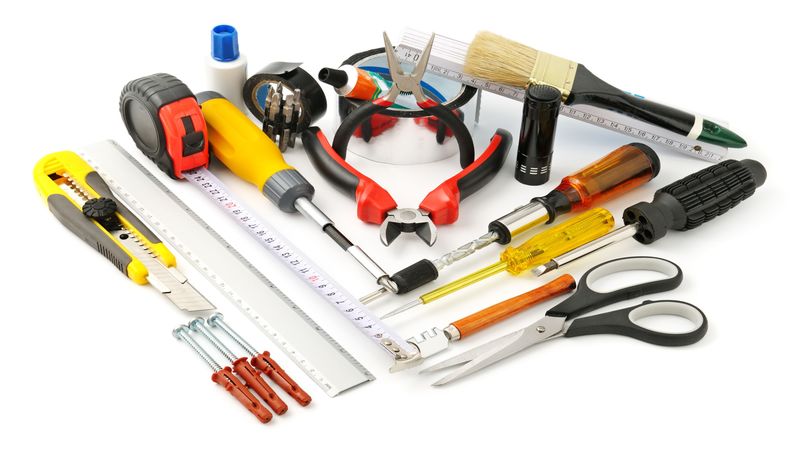There are many different types of transmitters on the market today and finding the right size, configuration and option for a specific application will be important. A low pressure transmitter is able to read applied pressure and convert it into an electric signal.
These transmitters function the same as a low pressure transducer and, in fact, they are sometimes called by both terms. However, there is a difference that is important to consider in any system. A pressure transducer will convert the applied pressure into a signal that will read in volts or millivolts. The low pressure transmitter, on the other hand, will send a signal in amps or milliamps.
How They Work
Both the low pressure transducers and transmitter work using the same principles. They will have a specific way to measure the change in pressure, typically by an elastic type of material that will change in shape with increasing or decreasing pressure.
There are several other options for this diaphragm style, including the piston, Bourdon tube and bellows. The diaphragm, because of its compact size, is most often used in applications. They can also be used to measure differential and gauge pressure.
Extremely low pressure can be measured using different techniques. These measure the temperature change when a heated filament is placed in a specific low pressure environment. The two options are the Pirani gauge and the thermocouple. The ionization gauge also uses heat, but it measures the current between two electrodes with the heated filament.
The use of any low pressure transmitter will be based on the specific pressure range as well as the specific type of system. Some of these devices can be used only for air or non-corrosive gasses while others can be used in liquid as well as gas applications.
